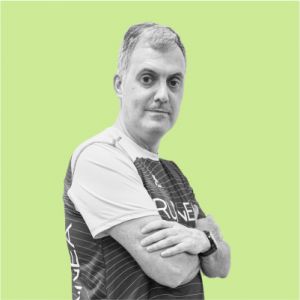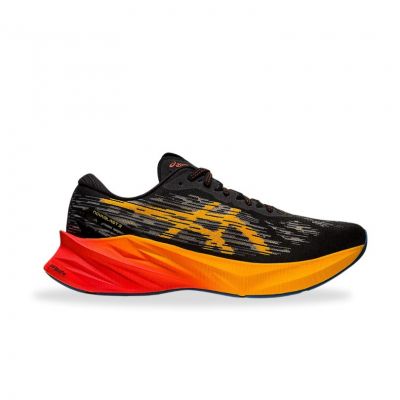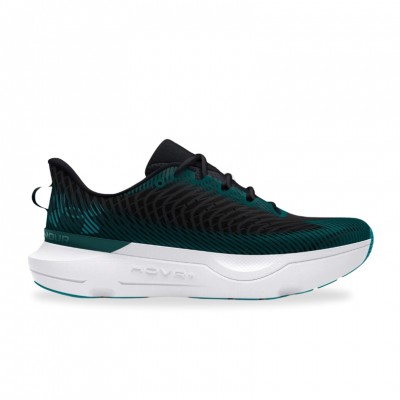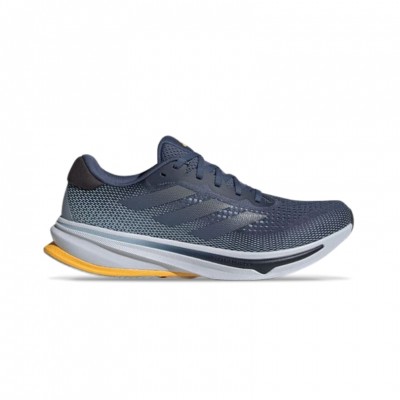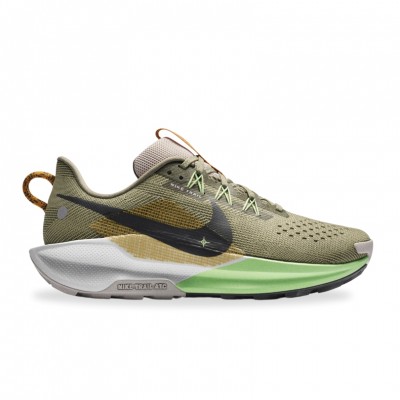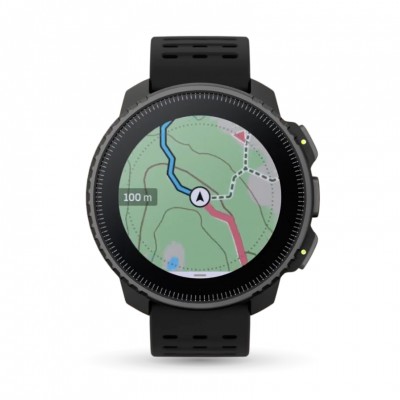Can you imagine qualifying for the Paris 2024 Olympic Games with the help of an artificial intelligence? That's what John Heymans, a Belgian athlete who has achieved the Olympic minimum in 5,000 meters thanks to ChatGPT, a program that advised him on the best competition plan to achieve his goal.
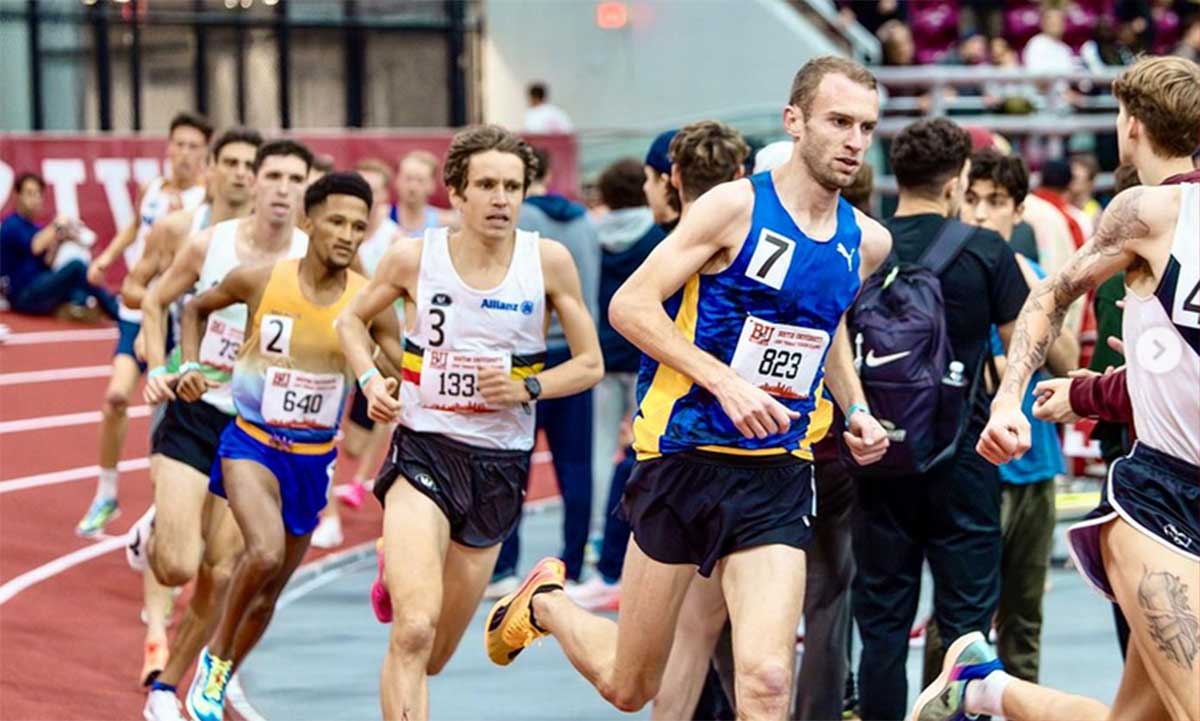
John Heymans is not a conventional athlete. He started running only a few years ago, after quitting field hockey, his favorite sport. His dream era run marathons and ultramarathons, but his coach saw more potential in track and cross country. So with his running shoes on, he went to Kenya, a long-distance runner's paradise, where he trained with the best in the world, without distractions or luxuries.
His efforts paid off, and he qualified for the 2021 European Championships in the 3.000 meters. It was then that he set himself the challenge of going to the Olympic Games. But he did not do it alone. He relied on his Bioengineering degree and ChatGPT. The artificial intelligence helped him write a code to know which races he should participate in to have a better chance of achieving the Olympic minimum.
ChatGPT suggested he run Walnut (California), Montgeron (France) and Boston (USA). In Walnut he came close, but did not make it. In Montgeron he had a setback: he forgot his spikes at the hotel and had to borrow some from an 800m runner. Despite this, he still set a personal best and qualified for the World Championships in Budapest, where he failed to advance to the next round.
But Heymans didn't give up. She followed ChatGPT's advice and went to Boston, where one of the toughest events on the indoor circuit was being held. There he gave it his all and crossed the finish line in 13:03.46, under the 13:05 required by World Athletics. He had done it. He had achieved his Olympic dream with some borrowed spikes and the help of ChatGPT.
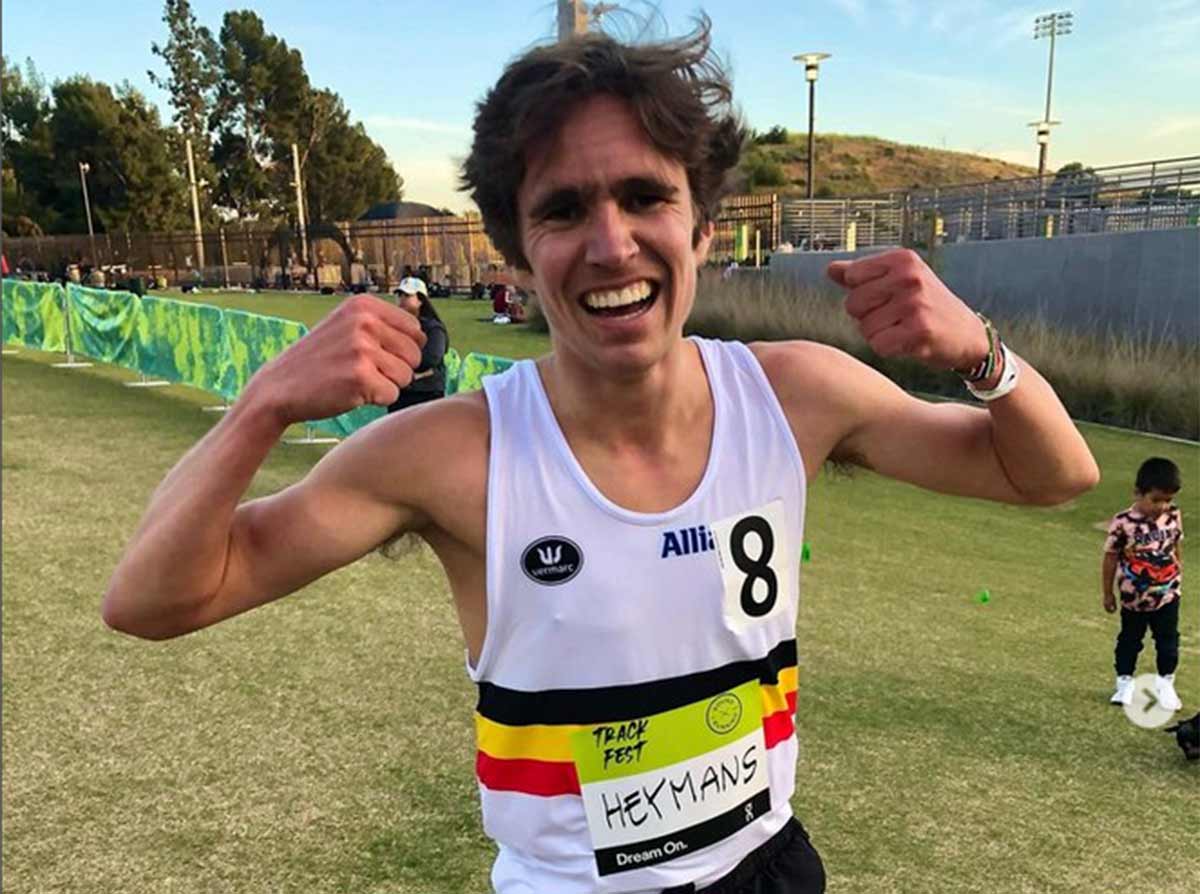
Are more athletes using AI to train or compete?
The answer is yes. There are more athletes using AI to train or compete in different sports. AI allows them to analyze their performance data, optimize their training, prevent injuries and improve their tactics. For example, according to the Canal Innova website, AI is used to:
- Use machine learning algorithms to identify patterns and trends in athletes' performance.
- Develop personalized training programs based on data collected by sensors and smart devices.
- Use virtual and augmented reality to simulate game scenarios and improve athlete decision-making.
- Use chatbots and virtual assistants to provide instant feedback on tactics and strategies during matches.
A concrete example of an athlete using AI is Ashton Eaton, a two-time Olympic gold medalist in the decathlon and a products development engineer in Intel's Olympic Technology Group. Eaton uses Intel's 3D Athlete Tracking (3DAT) technology, which relies on cameras to film athletes during running drills and provide accurate skeletal analysis and performance metrics. Eaton says this technology helps him understand precisely what his body is doing while in motion, so he can precisely target where to make adjustments to be faster or better.
Not sure which running shoe to choose?
In a few simple steps we help you to choose the ideal running shoe for you
Go to the Shoe FinderAnother example of applying AI to sports is InfiGro, a fully automated AI-based digital personal trainer software that uses the phone's camera to train, assess, correct and inspire in real time. InfiGro also allows you to monitor nutrition and use guided meditation tracks to maintain overall health.
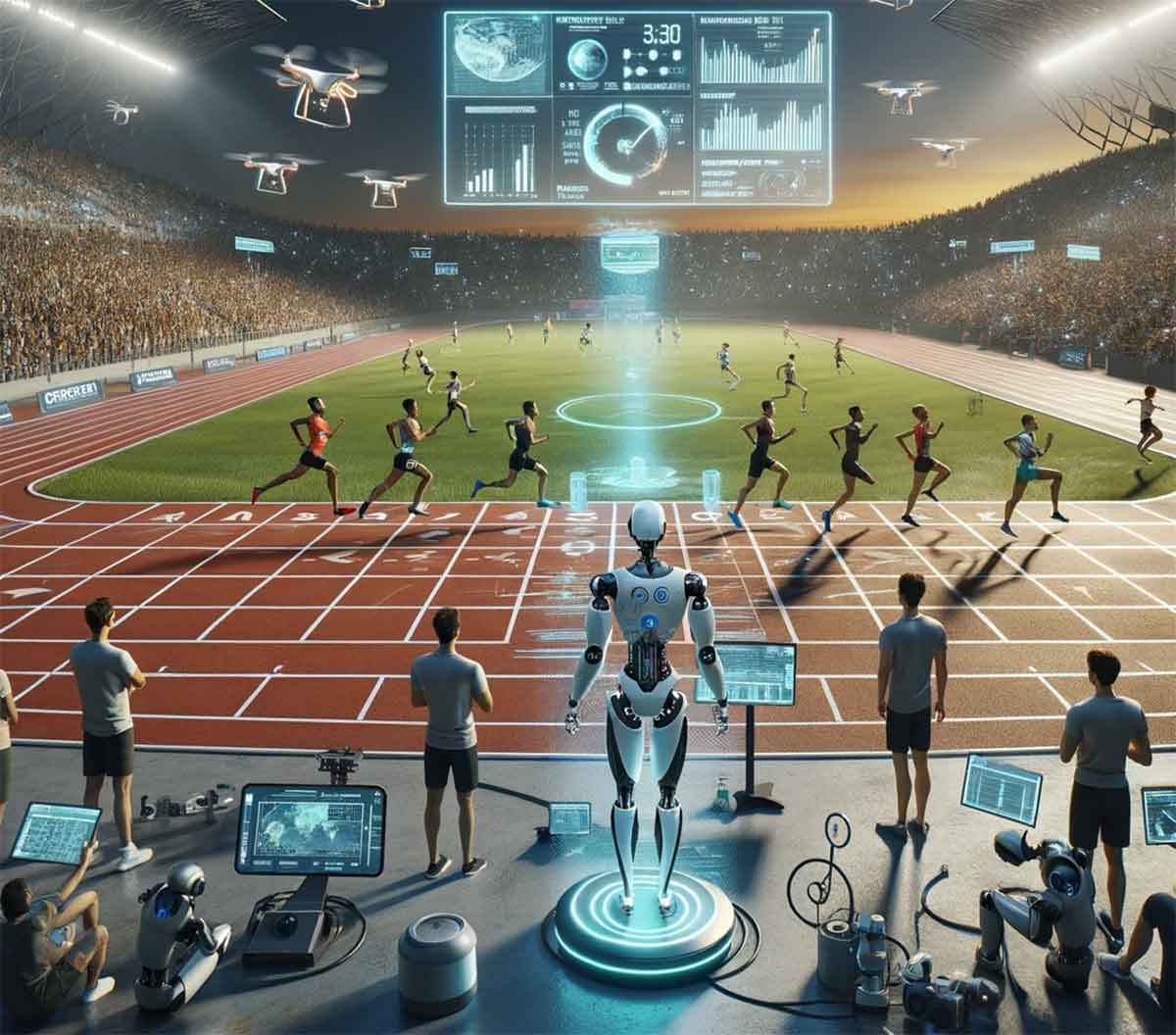
Running Loop, the innovative proposal of the RFEA and IBM
In Spain, the most innovative proposal in this area of athletics is Running Loop. A free web application that uses artificial intelligence (AI) to improve the experience of amateur runners. It has been created by the Royal Spanish Athletics Federation (RFEA) and IBM, with the collaboration of consultants Habber Tec and Barrabés.biz12. Some of the features of Running Loop are :
- It allows runners to access all the information about the official races in which they have participated or want to participate, such as distances, routes, weather, altitudes, elevations, etc.
- It offers a comparative analysis of the results of the runners, according to the type of race, age group, gender, percentile, average pace, etc.
- It has a virtual assistant with AI that answers users' questions and offers them personalized advice to improve their performance and planning.
It has the data of more than 400,000 runners and more than 770,000 records of marathons, half marathons and 10 km races throughout the country, and plans to expand it with other 5 km and urban mile races.
It is multi-device and multi-lingual, compatible with all devices and browsers, and is hosted on IBM Cloud, which guarantees the security and scalability of the platform.
So Running Loop is a pioneering initiative in the field of federated sport that seeks to support runners and promote a healthy lifestyle. It also aims to connect runners with race organizers and sponsors, and to facilitate the management and dissemination of sporting events.
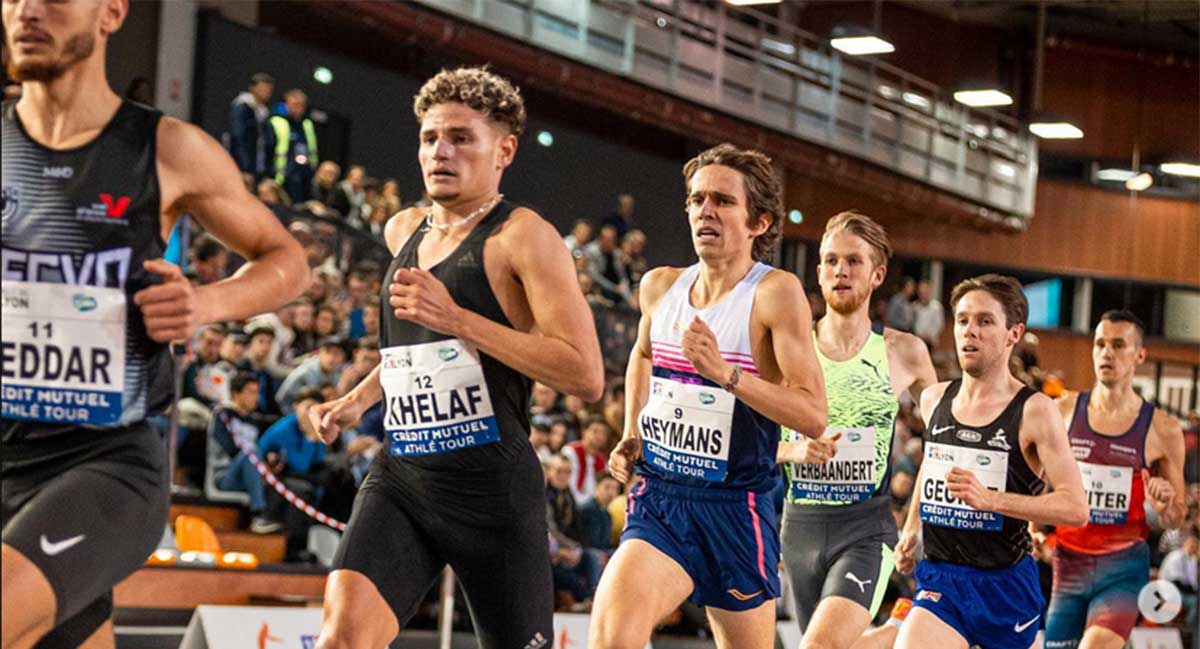
Going back to the beginning, and bringing back John Heymans' own name. Now the Belgian athlete has a new goal: to enter the Olympic finals of the 1000-meter 5. It will be difficult, but not impossible. He has the confidence of having overcome many obstacles and the help of ChatGPT, his artificial intelligence ally. Who knows? Maybe ChatGPT will give him some more surprises.
From RUNNEA, we wish him the best of luck and will follow his progress at the Paris 2024 Olympic Games very closely.
Photos: John Heymans Instagram account (authors: @justinbritton and @thomasvandormael).
You might be interested in:
Read more news about: Running News

